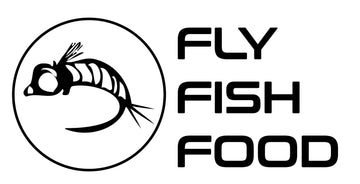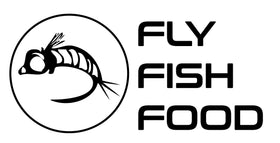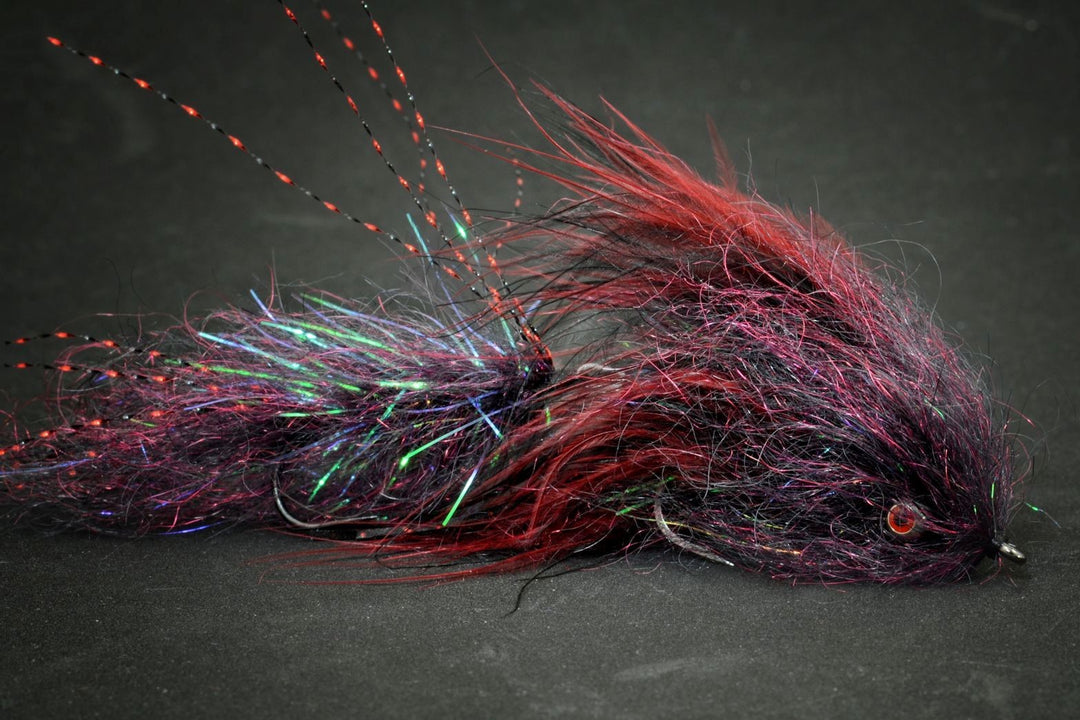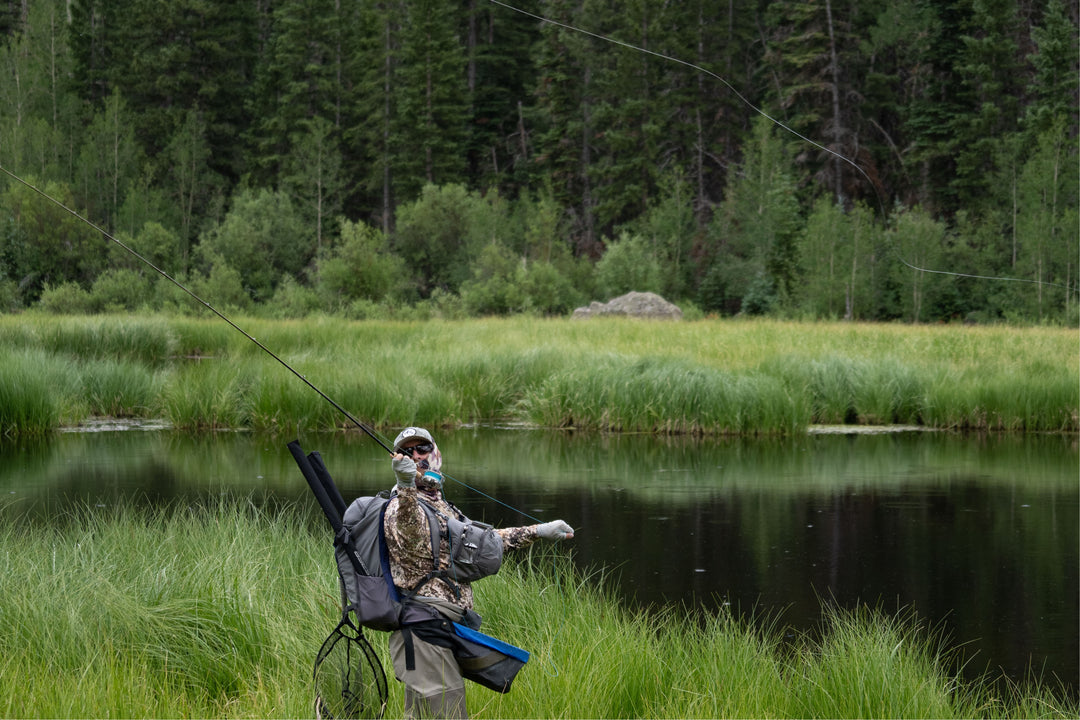Nantahala River Fly Fishing Report - August 8/23/2025
NANTAHALA RIVER FLY FISHING REPORT
North Carolina's Classic Tailwater & Wild Trout Fishery
Report Date: August 23, 2025 | Next Update: August 30, 2025
Current River Conditions (as of Aug 23, 2025)
Good late‑summer action. Flows are a touch above normal from scheduled releases and recent upstream rain; the river is fishing well with active mayfly and caddis activity. Expect some stain in places after afternoon run‑off but plenty of clear pockets for sight fishing.
Flows & Clarity
Approx. flow: ~1,500–1,650 CFS (check USGS/Nantahala scheduling before you go)
Clarity: Mostly clear to slightly stained in run‑offs; good visibility in seams and slower pockets.
Approx. flow: ~1,500–1,650 CFS (check USGS/Nantahala scheduling before you go)
Clarity: Mostly clear to slightly stained in run‑offs; good visibility in seams and slower pockets.
Water Temperature
Tailwater temps: mid‑50s°F (around 54°F afternoon reading)
Lower dam‑controlled sections remain cool (low‑to‑mid 50s), keeping trout active through hot days.
Tailwater temps: mid‑50s°F (around 54°F afternoon reading)
Lower dam‑controlled sections remain cool (low‑to‑mid 50s), keeping trout active through hot days.
Weather & Wind
Typical late summer pattern — warm mornings, hotter early afternoons, isolated showers possible. Light–moderate breeze; storms can bring short, sudden stains.
Typical late summer pattern — warm mornings, hotter early afternoons, isolated showers possible. Light–moderate breeze; storms can bring short, sudden stains.
Access & Safety
All public access points open; parking busy on weekends. The lower Nantahala is a working hydro/whitewater river — watch for generation notices and rising flows.
All public access points open; parking busy on weekends. The lower Nantahala is a working hydro/whitewater river — watch for generation notices and rising flows.
Hatch Chart & Insect Activity
| Insect | Sizes | Activity | When to Fish |
|---|---|---|---|
| Blue‑winged Olives (Baetis) | #16–18 | Frequent — good emergers and dries | Late morning through evening |
| PMDs | #14–16 | Occasional — useful in patterns and emergers | Midday to afternoon |
| Caddis (Green/Olive) | #14–18 | Regular evening and late‑day activity | Evening surface feeding |
| Stoneflies (Sallies/Small Goldens) | #8–14 | Light to moderate; productive on warmer banks | Afternoon in riffles and pocket water |
| Midges & Mid‑summer terrestrials | #18–22 (midges)?; hoppers/ants larger | Light; use as confidence flies | All day — hoppers best late afternoon |
Recommended Flies (patterns & links)
Below are the best patterns for the current conditions; I’ve matched these to proven flies in the fly list so you can click straight through to the pattern reference.
| Purpose | Pattern (link) | Suggested Sizes |
|---|---|---|
| Salmonfly / large stonefly dry | Libby’s Salmonfly | #6–10 (fish on foam lines & banks) |
| Stonefly nymph / heavy nymph | Jiggy Pat's (stonefly/salmonfly style) | #6–10 (weighted/jigged nymphs) |
| Pat’s Rubber Legs (stonefly imitation) | Tungsten Pat's Rubber Legs | #6–10 (deep seams) |
| Baetis / BWO dry & emerger | Parachute BWO / Parachute Adams (BWO color) | #16–18 |
| Adult Baetis / tight hackle | Antonio’s Adult BWO | #16–18 (surface dries) |
| PMD dry / emerger | Split Case — PMD | #14–16 |
| Caddis dry / skittering | Corn‑fed Caddis (CDC) — Olive | #14–18 (evening) |
| Midge / Zebra midge for pressured fish | Black Zebra Midge (TBH) | #18–22 (indicator rigs) |
| Perdigon / fast‑sinking nymph | Egan’s Warrior Perdigon | #14–18 (Euro nymphing/indicator) |
| General nymph (PT/soft hackle) | Pheasant Tail (Tungsten) | #14–18 (point fly on nymph rigs) |
| Soft‑hackle jig (subtle emerger action) | Soft Hackle Pheasant Tail Jig | #12–16 |
| Sculpin / streamer (big fish attack fly) | Coffey’s Articulated Sparkle Minnow — Sculpin (#4) | #4–6 (retrieve along structure) |
| Shrimp / sculpin slim streamer | Sculpzilla — Natural | #4–6 (streamer runs deep) |
Tactics & How I’d Fish It
Early morning: Indicator or Euro nymph rigs fished deep — use a tungsten Pat’s Rubber Legs or Perdigon as the point fly and a Pheasant Tail or midge below it. Aim for seams and the heads of pools.
Midday to afternoon: Watch for Baetis/PMD activity — tight‑looped, accurate casts with a small BWO or PMD parachute will win on rising fish. In stained pockets, bigger attractors and stones will trigger aggressive takes.
Evening: Caddis skitters and parachute dries; target foam lines and bank edges where fish sip from the surface.
Streamer game: Work streamers across deep runs and along structure with short strips and pauses. Articulated sculpins and olive streamers win big fish when smaller tactics stop producing.
Midday to afternoon: Watch for Baetis/PMD activity — tight‑looped, accurate casts with a small BWO or PMD parachute will win on rising fish. In stained pockets, bigger attractors and stones will trigger aggressive takes.
Evening: Caddis skitters and parachute dries; target foam lines and bank edges where fish sip from the surface.
Streamer game: Work streamers across deep runs and along structure with short strips and pauses. Articulated sculpins and olive streamers win big fish when smaller tactics stop producing.
Local Notes & Regulations
License & Rules
North Carolina fishing license required for anglers 16+. Check current bag limits and special regulations on the NC Wildlife Resources Commission site.
North Carolina fishing license required for anglers 16+. Check current bag limits and special regulations on the NC Wildlife Resources Commission site.
Hydro Notices
Lower Nantahala is release‑driven; flows can change with short notice. Check generation schedules (and posted warnings at access sites).
Lower Nantahala is release‑driven; flows can change with short notice. Check generation schedules (and posted warnings at access sites).
Best Sections Right Now
Upper Nantahala for wade fishing and technical dries; lower tailwater for consistent tailwater trout action and deeper nymphing/streamer water.
Upper Nantahala for wade fishing and technical dries; lower tailwater for consistent tailwater trout action and deeper nymphing/streamer water.
Local Shops & Info
Stop into a local fly shop before you fish — they’ll have the day’s subtle color variants and the latest generation notices. Ask about current fly patterns and which beats haven’t seen pressure.
Stop into a local fly shop before you fish — they’ll have the day’s subtle color variants and the latest generation notices. Ask about current fly patterns and which beats haven’t seen pressure.
Quick Checklist for Your Trip
- Rods: 9' 5‑weight for general trout/dry; 6–7 weight if you plan to streamer a lot.
- Leaders: 9' 4X for dries; heavier (3X) for bigger stoneflies, 2X for streamers.
- Flies to tie on first: Tungsten Pat’s Rubber Legs, Pheasant Tail (tungsten), Split Case PMD, Corn‑fed Caddis, Libby’s Salmonfly (if stones are showing), Sculpzilla or articulated sculpin.
- Bring wading staff and quick‑dry layers; parking fills early on weekends.




